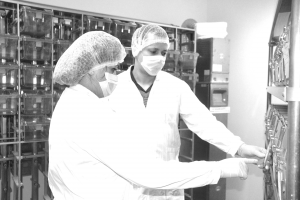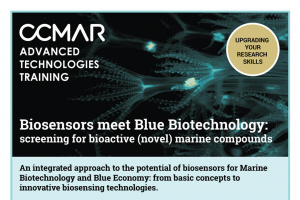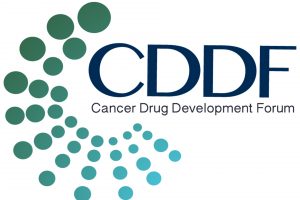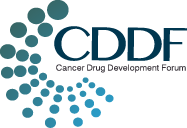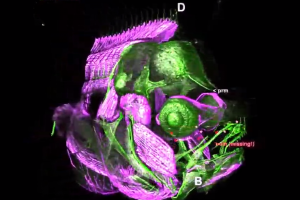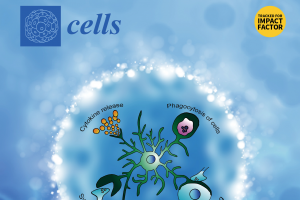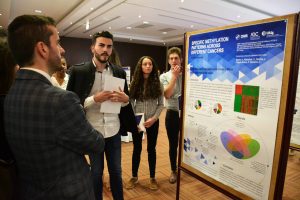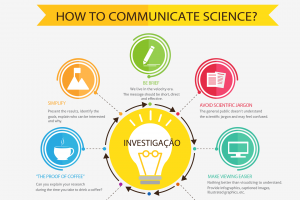
1. Know your audience. Many scientists are guilty of delivering the same message to the Rotary Club or Congressional Staffers that they give at a science conference. Research and understand your audience. Anthony Leiserowitz, an excellent climate communication scholar at Yale, once told me, “Not knowing your audience is like throwing darts at a dartboard with the lights off.”
2. Don’t use jargon. Scientists throw terms like “bias,” “positive trend,” and”pdf” around easily. While most scientists associate “probability density function” with “pdf,” I bet the first thing that many in the public think about is a file format or attachment. Richard Sommerville and Susan Hassol provide a nice table of other jargony science terms to be cautious of in a Physics Today article.
3. Get to the point. As scientists we are trained to describe a ton of details and background information before we give the final results. This is the very nature of how graduate students are trained to write their theses and dissertations. It is how scientists deliver presentations at conferences. For the public or policymakers this approach basically needs to be flipped. The key points or findings need to be delivered very early (see below) and it needs to be concise (think elevator speech).
4. Use analogies and metaphors. I find that analogies to real life work well. Though not perfect, when I use “weather is your mood, climate is your personality” or “if you don’t like the weather wait a few hours, if you don’t like the climate move” they resonate with people as a way to distinguish weather from climate. It also helps them to understand how silly it sounds when someone makes a statement about climate change based on today’s weather.
5. Three points. Studies continue to show that three key points are effective with audiences. I often notice this seems to be difficult for scientists (remember I am a scientist) because they tend to want to tell the entire story and with every detail. Scientists need to work hard to keep their message memorable, meaningful and miniature. These are the so-called “Three M’s of Messaging” that the American Association for the Advancement of Science (AAAS) has also recommended in its Science Communications workshops.
6. You are the expert. Often scientists must speak with the media and for many this uncomfortable. The key points to remember: (a) Be confident because you are the expert, (b) Don’t speculate or stretch if you don’t know (say so), and (c) Reflect on what you want (or do not want) on the record days, months or years later and use that as a filter.
7. Use social media. Social media can be tricky but is a “net” good for science communication as long as you are able to deal with the very high noise to signal ratio, dissenting thoughts (whether expert or not), limits on messaging and time management. I cringe when I hear a scientist or scholar say they shy away from social media. Newsflash: It is not new. It is not just for the kids. It is an important medium that policymakers, media and other scholars follow.
8. The myth of “popularizers.” Some within the academy can be a bit uppity and elitist at times. They turn their nose up at scholars that choose to take their message beyond journals, conferences and classrooms. More than ever I find that thinking to be a kind of “head in the sand” model. More than ever the expertise of scholars is needed in broader venues otherwise “non-experts” or “agendas” will gladly fill the void. In today’s world it is possible to achieve “scholarly” metrics while having a broader impact.
9. Relate. As much as we understand the current and future challenges associated with our changing climate it is a struggle for many in the public to see beyond kitchen table issues affecting their families. The reality is that they are there but it is not always obvious. The science communicator must keep this in mind and find ways to relate the message to the core values of the person or audience. For some that may be economics, faith, defense or curiosity.
Broader engagement isn’t a luxury, it’s absolutely necessary if we want boost understanding of, and support for, scientific research…..The public isn’t reading published research papers, and the media often needs help making sense of them. If you want to maximize the impact of your research, you need to share it broadly and make it understandable.
Source: Forbes




